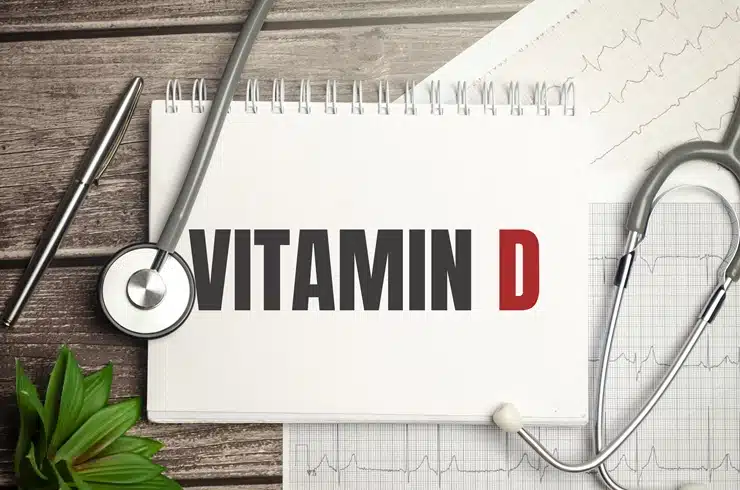Vitamin D isn’t just a “nice-to-have” nutrient—it’s essential for your child’s growth, bone health, immune system, and overall development. But how much is enough? And how can you make sure your child is getting the right amount?
At Indian Crest Pediatrics, we often talk to parents who are unsure if their kids are getting enough vitamin D from food or sunlight. With growing concerns about indoor lifestyles, picky eating, and sunscreen use (which can block vitamin D production), it’s an important topic for families to understand.
Here’s what every parent should know about how much vitamin D children really need—plus how to safely meet those needs.
Why is Vitamin D Important for Kids?
Vitamin D plays a critical role in:
- Helping the body absorb calcium and build strong bones
- Preventing rickets, a softening of bones in children
- Supporting a healthy immune system
- Contributing to brain development and mood regulation
Without enough vitamin D, children may be more prone to bone fractures, delayed growth, fatigue, and even frequent colds.

Want to learn more about how vitamins and minerals affect childhood health? Check out our blog on Childhood Nutrition Tips.
How Much Vitamin D Do Kids Really Need?
According to the American Academy of Pediatrics (AAP) and the Centers for Disease Control and Prevention (CDC), these are the recommended daily amounts of vitamin D:
| Age Group | Recommended Daily Intake |
| 0–12 months | 400 IU (international units) |
| 1–18 years | 600 IU |
These recommendations are based on what’s needed to support healthy bones and overall development.
What Are the Best Sources of Vitamin D?
1. Sunlight
Vitamin D is known as the “sunshine vitamin” because our bodies produce it when exposed to sunlight. But in Colorado—especially during fall and winter—it’s harder to get enough sun exposure for optimal vitamin D production. Plus, sun protection (which we highly recommend!) blocks UV rays needed for vitamin D synthesis.
2. Dietary Sources
Very few foods naturally contain vitamin D, but some are fortified. Look for:
- Fatty fish like salmon or tuna
- Fortified milk and dairy products
- Fortified cereals
- Egg yolks
- Mushrooms exposed to UV light
Picky eaters? We’ve got some Ways to Improve Eating Habits in Children that can help make nutrient-rich meals more manageable.
3. Supplements
Because it’s hard to get enough vitamin D through diet and sunlight alone, supplements are often recommended—especially for:
- Breastfed babies
- Children who don’t consume dairy or fortified foods
- Kids with darker skin, who naturally produce less vitamin D from sunlight
We’ll help you determine the right supplement dosage and brand during your child’s next checkup.
Signs of Vitamin D Deficiency in Children
Vitamin D deficiency often develops quietly, but signs can include:
- Frequent bone fractures
- Muscle pain or weakness
- Irritability or fatigue
- Delayed tooth eruption
- Slow growth
In more severe cases, children can develop rickets, which causes bone deformities and poor growth.
If you’re noticing signs like these, or if your child has dietary restrictions, reach out—we can run a simple blood test to check vitamin D levels.
Should I Worry About Too Much Vitamin D?
While rare, vitamin D toxicity can occur if your child takes too many supplements. Symptoms might include nausea, vomiting, kidney issues, or weight loss. That’s why we never recommend starting supplements without checking with your pediatrician first.
Final Thoughts
Vitamin D plays a foundational role in your child’s health, especially when it comes to strong bones, immunity, and development. The good news? A combination of smart food choices, safe sun exposure, and the right supplements (when needed) can help your child get exactly what they need.
At Indian Crest Pediatrics, we’re here to make your child’s wellness simple and manageable. If you’re unsure about your child’s nutrition or want to know whether a vitamin D supplement is needed, just give us a call. Our dedicated pediatric team is ready to help you develop a plan that promotes your child’s health today and in the future.